Employee Dashboard Redesign
Transforming a scattered digital workplace into a personalized starting point
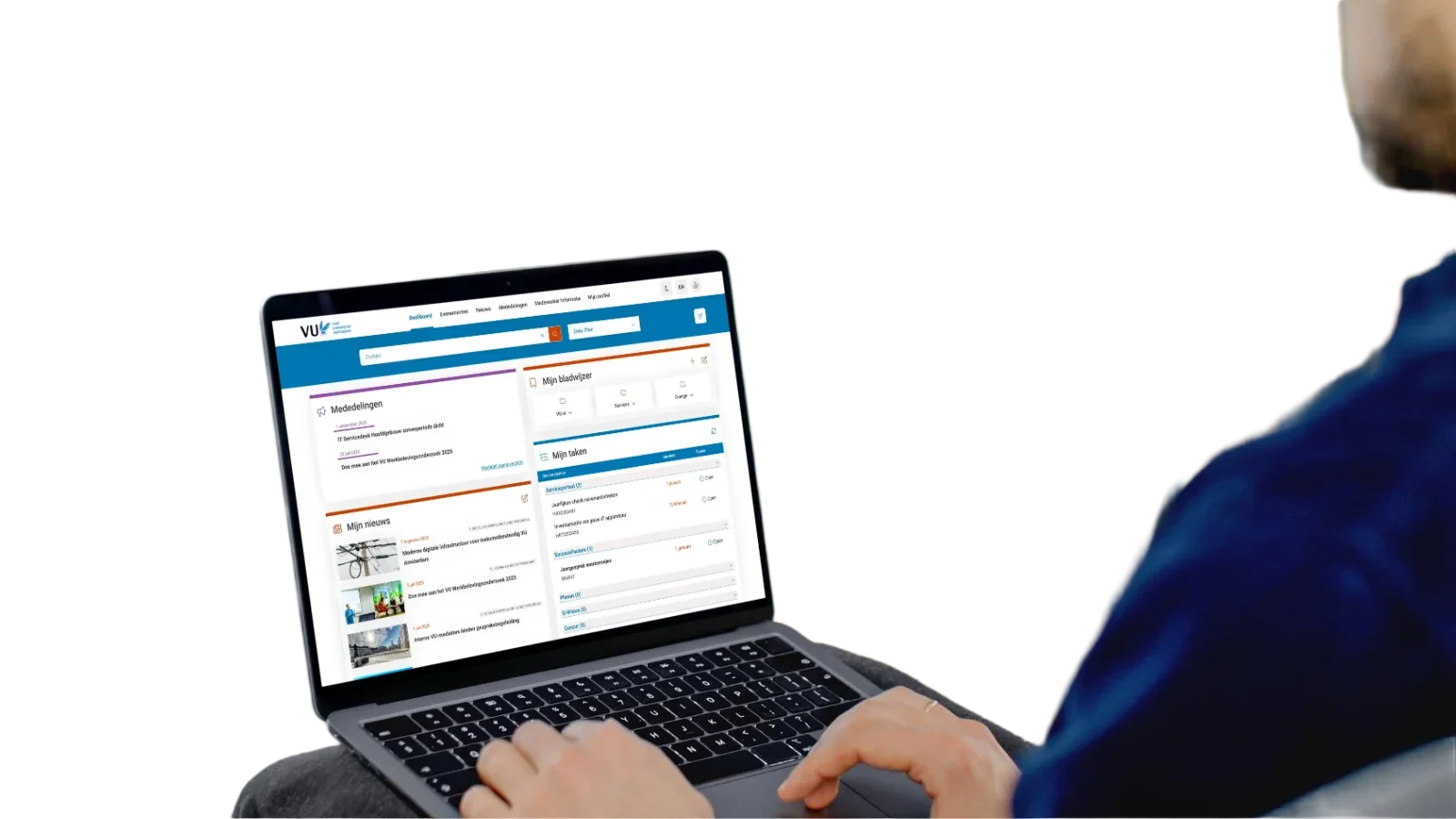
The Challenge
VU Amsterdam employees faced two critical workplace problems: an outdated, inflexible dashboard and a fragmented IT landscape with scattered self-service tools across multiple platforms.
Core Problem
No centralized starting point for daily work meant employees wasted time hunting for tools and relevant information across disconnected systems.
Design Process
Discover
Community-Wide Research
- Conducted comprehensive survey across VU employee community
- Investigated current dashboard usage patterns and pain points
- Analyzed scattered IT landscape and self-service tool accessibility
- Explored employee needs for personalization and news categorization
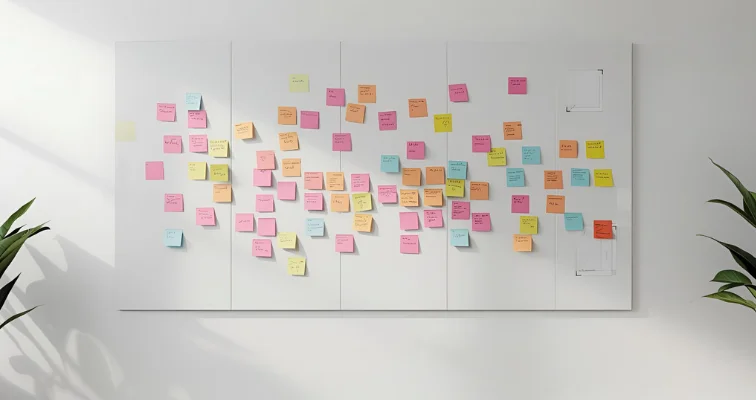
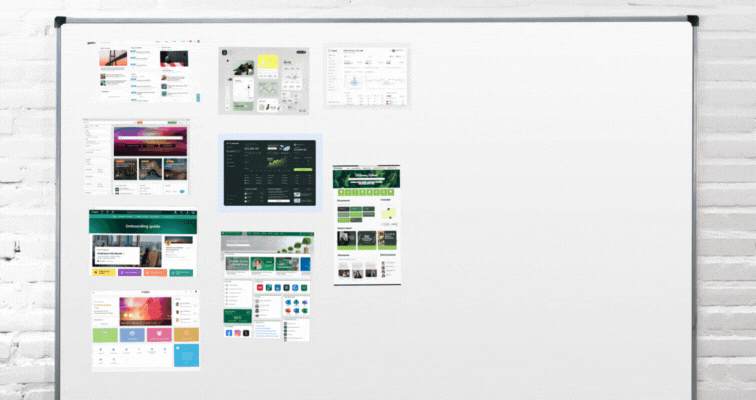
Define
Strategic Information Architecture
Key insight: Employees needed both mandatory communications and personalized relevant content in one unified starting point.
Design principles: Structured communications ("Must know" vs "Nice to know"), personalized experience, unified navigation, and flexible layout.
Design
Multi-Phase Prototyping
- Created initial prototypes and sketches based on research findings
- Leveraged colleague feedback for rapid iteration cycles
- Built high-fidelity Figma prototypes for visual design validation
- Developed functional HTML prototype to test drag-and-drop dashboard editing
- Created voting application for community design preference validation
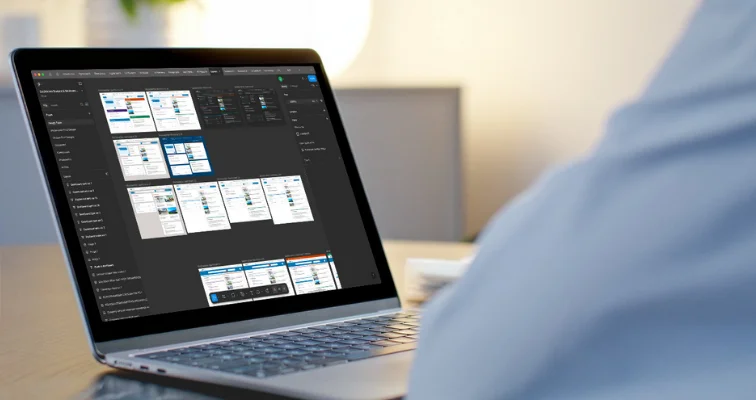
Deliver
Comprehensive Testing & Handoff
- Conducted usability testing with think-aloud protocols
- Refined functionality based on user task performance
- Developed design system component library for scalability
- Collaborated with Product Owner on MVP scope and developer handoff
The Solution
Unified Workplace Hub
Consolidated scattered self-service tools and information into a single, customizable dashboard that serves as the daily work starting point for all VU Amsterdam employees.
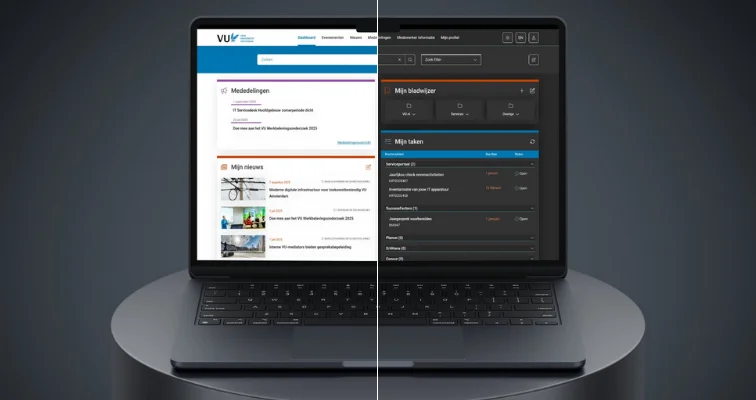
Personalized News Architecture
"Must know" mandatory and "Nice to know" personalized content structure
Interactive Customization
Drag-and-drop section repositioning and personalized content filtering
Flexible Layout
Customizable dashboard sections accommodating different work styles
Design System
Component-based architecture for future scalability and consistency
Before & After
Before
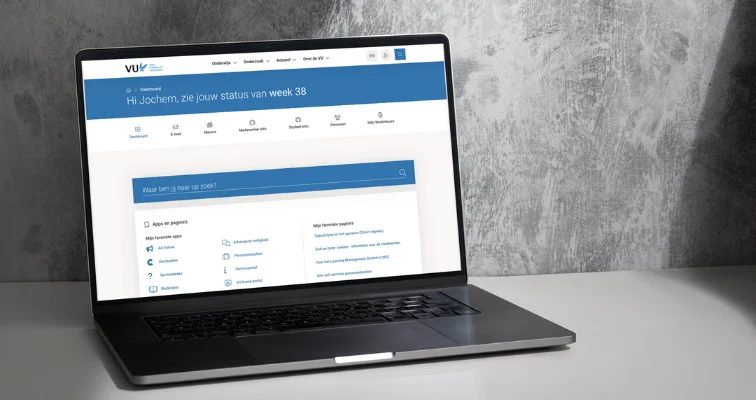
- Outdated, inflexible dashboard
- Fragmented IT landscape
- Scattered self-service tools
- No centralized starting point
- Time wasted hunting for tools
After
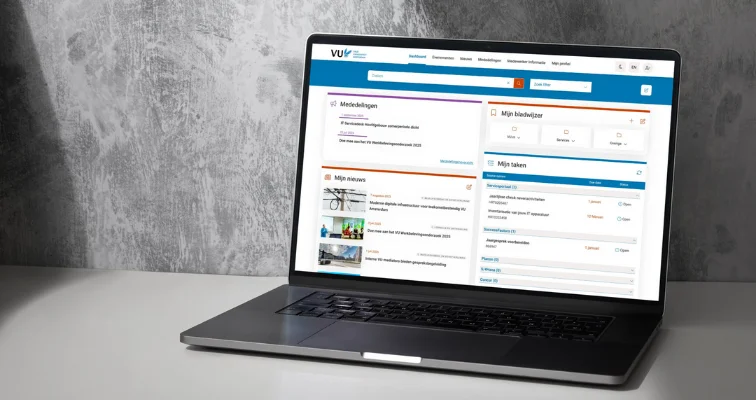
- Personalized unified workspace
- Consolidated tool access
- Customizable layout and content
- Single daily work starting point
- Structured communication flow
Impact & Results
Key Learning
When redesigning internal tools, colleagues as users provide unique advantages for rapid feedback, but formal research methods remain essential for comprehensive insights and validation.
Community Validation Success
- Large-scale survey provided clear direction for redesign priorities
- Voting application confirmed design direction with employee community
- Usability testing validated new features before development investment
Systematic Design Approach
- Created reusable component library integrated into VU design system
- Established scalable framework for future dashboard enhancements
- Reduced development time through systematic design specifications
Launch Status
MVP approved and in final development stages. User-centered design process ensured stakeholder buy-in, with first release launching soon with validated feature set.